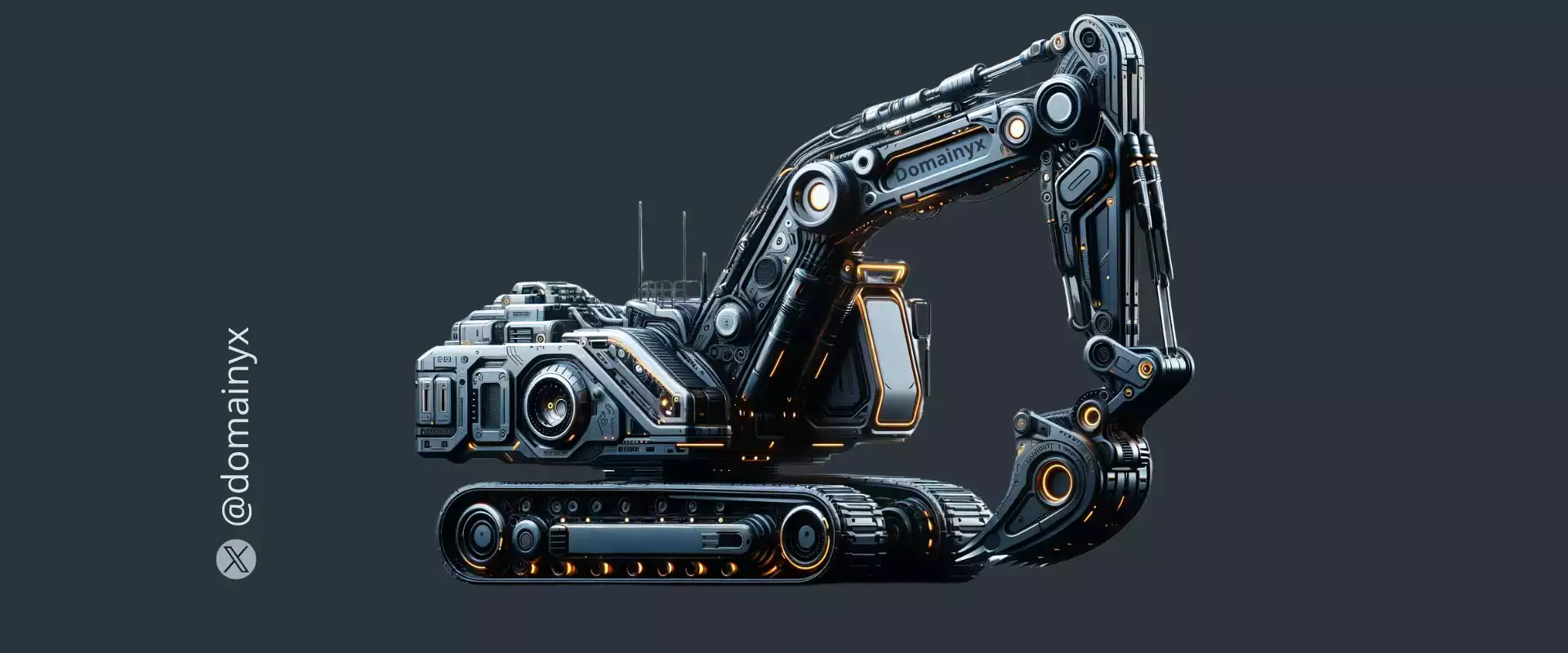
Autonomous Mastery: A New Era in Construction
The Dawn of Robotic Construction
In an era where technological advancements redefine our daily lives, the ETH Zurich‘s autonomous excavator has emerged as a harbinger of the future in construction technology.
This marvel of engineering, capable of autonomously building a six-meter-high dry stone wall, represents a quantum leap in autonomous vehicle technology.
As the visionary Arthur C. Clarke once said, “Any sufficiently advanced technology is indistinguishable from magic.”
This excavator, showcased in this video, is nothing short of magical in its capabilities.
A New Era in Construction Technology
Imagine a world where robots can build walls from rubble without human supervision.
Where they can intelligently and ecologically scan, classify, and stack materials.
The ETH Zurich team has turned this into reality with a 12-ton autonomous robot named HEAP.
This innovation could revolutionize the construction industry!
Tackling issues of low productivity, high waste, and labor shortages while simultaneously reducing environmental impact and enhancing sustainability.
HEAP: The Autonomous Construction Pioneer
HEAP employs advanced technologies like LiDAR mapping, image segmentation, and planning algorithms.
It can efficiently stack stones and concrete blocks, and its eco-friendly approach is a significant step towards sustainable construction. The robot, tested at two sites, successfully built a 10-meter long project and a 65-meter long retaining wall using only on-site materials.
It also created 3D digital inventories of materials, facilitating their reuse and recycling if needed.
Transforming the Construction Industry
The researchers, led by Ryan Luke Jones, highlight how HEAP can address the construction industry’s challenges.
The industry, contributing over 10% to the global GDP, suffers from low productivity and high waste.
HEAP can save up to 41% of carbon emissions compared to traditional methods.
This autonomous machine is a proof of concept for the future of robotic construction, where robots can work autonomously and collaboratively to create adaptable, resilient, and circular structures.
A Holistic Approach to Robotic Manipulation
The ETH Zurich team presents a comprehensive approach to robotic manipulation of complex objects for dry stone construction.
The robotic excavator, equipped with a shovel and gripper, learns from real and simulated data to facilitate online detection and segmentation of stone instances in spatial maps.
This enables the robotic grasping and textured 3D scanning of individual stones and debris elements.
The planning algorithm determines their placement for stable and explicitly shaped structures.
This process is demonstrated in the construction of a standalone stone wall and a permanent retaining wall integrated with robotically contoured terraces.
The Potential of Heavy-Duty Autonomous Construction Vehicles
This project illustrates the potential of heavy-duty autonomous construction vehicles to adaptively build with highly irregular, abundant, and sustainable materials.
These materials require little to no transportation and pre-processing, pointing to a future where construction is more efficient, sustainable, and less reliant on human labor.
Conclusion: Embracing Autonomous Technology
The ETH Zurich’s autonomous excavator is a significant milestone in the journey towards a more autonomous and sustainable future in construction.
As we marvel at this technology, it’s essential to recognize its potential to reshape industries and improve our world.
For those interested in further exploring the realm of driverless vehicles and their impact, read more here.
This is just the beginning of a new chapter in autonomous technology, one that promises to transform our approach to construction and beyond.


